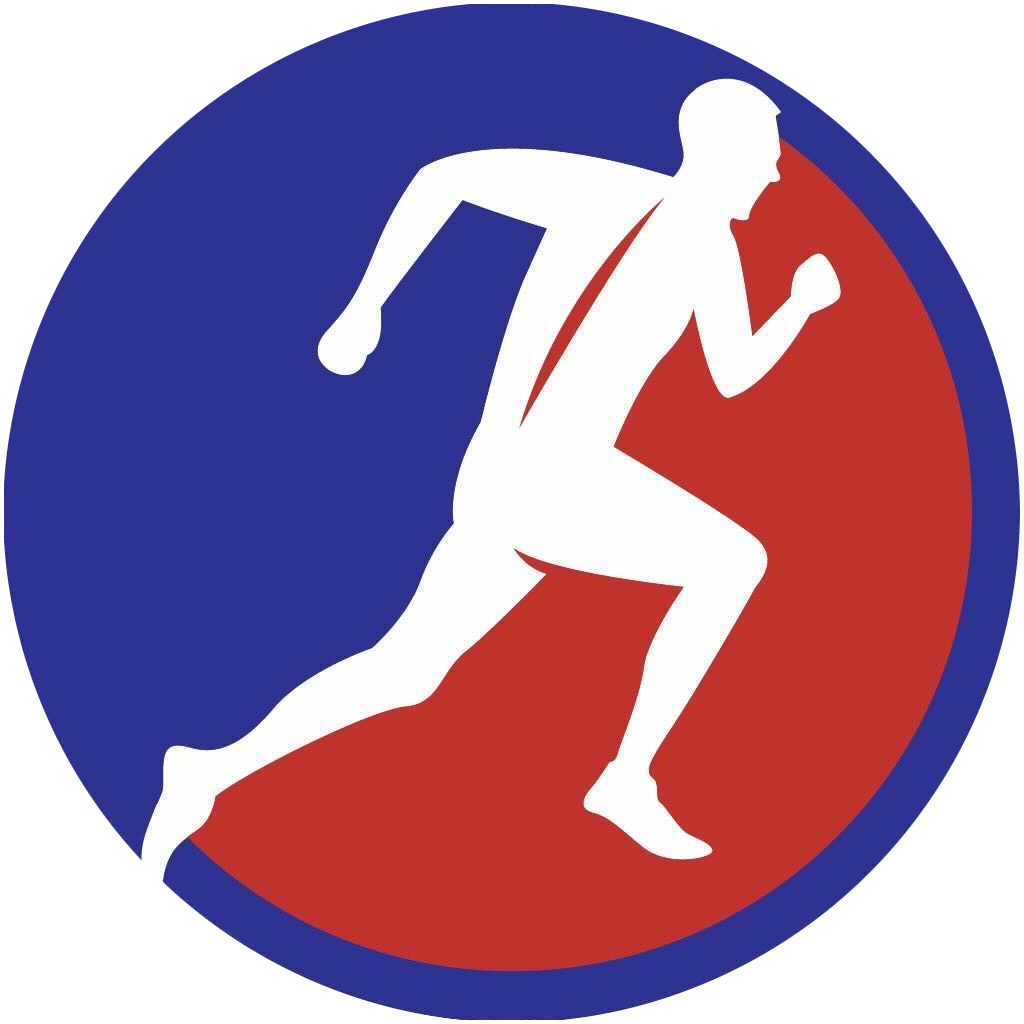Orthopedics in Philadelphia, especially when provided through non-operative and minimally invasive procedures, provides a way for patients to get successful treatment for all kinds of orthopedic and sports-related conditions without having to undergo traditional surgery. In this article, we’ll discuss what orthopedic doctors do, the conditions they typically treat, and the orthopedic treatment options available to you at our practice.
What Do Orthopedic Doctors Do?
Orthopedics is a part of medicine focused on caring for your bones, joints, ligaments, nerves, and tendons, also known as the musculoskeletal system. Doctors working in this field can treat patients of all ages.
Typically, orthopedic doctors provide diagnoses and treatment for injuries or other problems caused by sports and other physical activities. In addition to this, if you suffer from age-related conditions, such as arthritis, orthopedic doctors can help you manage these conditions as well. Finally, orthopedic doctors also treat overuse injuries, which are pain or discomfort caused by repeatedly using a muscle or joint, like tennis elbow or jumper’s knee.
More specifically, orthopedics is a branch of medicine that treats parts of the body including:
- Bones
- Muscles
- Joints
- Tendons
- Ligaments
- Hand and wrist
- Foot and ankle
- Knee
- Shoulder and elbow
- Neck
- Back
- Hips
What Conditions Orthopedic Physicians Treat
In the previous section, we mentioned that orthopedic doctors treat injuries and pain caused by sports injuries, age-related conditions, and overuse injuries. However, in this section, we’ll discuss the typical conditions that orthopedic physicians can treat more specifically.
First, it’s important to keep in mind that although our practice has “Sports Medicine” in its name and orthopedics is commonly related to sports medicine, the conditions that orthopedics can treat are not limited to sports medicine or sports injuries. Some common conditions that orthopedic doctors can provide expert treatment for include:
- Back pain
- Arthritis
- Fractures
- Torn ligaments and muscles
- Muscle strains and sprains
- Injuries sustained at work
- Joint pain caused by arthritis
- Soft tissue injuries
- Neck pain
- Shoulder pain
- Carpal tunnel syndrome
- Overuse and sports injuries
Keep in mind that although your primary care provider may treat some of these conditions or injuries, visiting an orthopedic doctor is always a good idea due to their specialization. Their expertise specifically focuses on these areas, which means that they will most likely be able to provide you with more successful and less invasive treatment. The advanced training and knowledge that orthopedic physicians have make them your best option for the treatment of musculoskeletal conditions.
Orthopedic Treatment Options
When discussing orthopedics in Philadelphia, you should be aware of the orthopedic treatment options available at The Center for Sports Medicine and Wellness.
Diagnostic Musculoskeletal Ultrasound
This is a diagnostic method that uses sound waves to produce images of muscles, tendons, ligaments, nerves, soft tissues, and joints throughout the body. The images captured during Diagnostic Musculoskeletal Ultrasound are captured in real-time, allowing them to show the structure and movement of internal organs. It can be used to:
- Evaluate tendons, ligaments, and muscles around the ankle, knee, hip, hand, elbow, and shoulder in acute injuries and other pathologies.
- Guide therapeutic injections and aspirations of joints, muscles, tendons, and nerves.
Tenex Tenotomy
This is a procedure that uses minimally invasive technology to eliminate chronic tendon pain by targeting and removing damaged tissue. With Tenex Tenotomy, there is no need for traditional surgery. Studies have proven that when Tenex is used to treat tendonitis, patients exhibit an increase in overall functionality and a significant decrease in pain.
Percutaneous Bone Spur Extraction and Percutaneous Intratendinous Calcification Removal
Percutaneous procedures use a minimally invasive method of accessing inner organs or other tissue via a needle puncture of the skin rather than using an “open” approach where inner organs or tissue are exposed. In Percutaneous Bone Spur Extraction and Percutaneous Intratendinous Calcification Removal, bone spurs and calcified tendons are treated without a traditional open incision, making the procedure and recovery much easier on patients.
Ultrasound-Guided Carpal Tunnel Release & Sonex SX-One MicroKnife™
Ultrasound-guided Carpal Tunnel Release and Sonex SX-One MicroKnife uses an ultra-minimally invasive technique to perform Carpal Tunnel Release. This procedure is typically performed using a local anesthetic, which makes it very safe. It utilizes ultrasound guidance along with the Sonex SX-One MicroKnife to treat carpal tunnel syndrome.
Ultrasound-Guided Nerve Hydrodissection
Ultrasound-Guided Nerve Hydrodissection is commonly used to treat peripheral nerve entrapments using fluid to release the entrapped nerve. This is a condition in which nerves are compressed or restricted as a result of surrounding anatomic structures, trauma, injury, overuse, or scar tissue from surgery. This procedure can be used as an alternative to open surgery for some patients.
Perineural Superficial Injections
This procedure is used to treat inflamed and injured nerves. It’s an effective treatment for patients suffering from chronic nerve pain as a result of trauma, arthritis, sports, overuse, occupational, and surgical injuries. In Perineural Superficial Injections, a substance is injected around skin nerves to provide pain relief. The focus of this treatment is to nourish and reset nerves in order to relieve or eliminate pain and restore mobility.
Intradiscal Nucleolysis Treatment
In Intradiscal Nucleolysis Treatment, chondrolytic substances or other substances are injected into the inner portion of the spinal disc (nucleus pulposus) to reduce the pressure and pain caused by a herniated disc. These injections reduce pain and inflammation with a blend of nutrient ingredients that support tissue regeneration and activate the body’s natural healing mechanisms.
Avoid Surgery With Non-Operative Orthopedics in Philadelphia
Non-operative orthopedics in Philadelphia provides a way for patients to get successful treatment for all kinds of orthopedic and sports-related conditions without having to undergo traditional surgery. We pride ourselves on being authorities in the non-operative treatment of orthopedic conditions, sports medicine, and minimally invasive treatments.
We know how important it is for our patients to get back into the game of life, whether they’re professional athletes who want to get back to their sport, someone who wants to get back to their active lifestyle, or someone who just wants to restore their mobility to get back to work. Whatever your reason for seeking treatment, we understand that minimal downtime and maximum mobility is the goal. That’s why we provide the most advanced and least invasive treatment options.
If you’d like to learn more about our services or contact us to schedule a consultation, please call our office in Glen Mills, Pennsylvania, at (610) 459-4200 or fill out our form. We welcome your inquiry and we look forward to helping you find relief from your pain!

